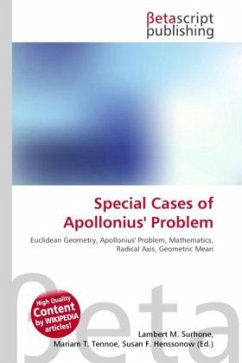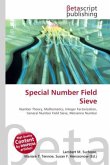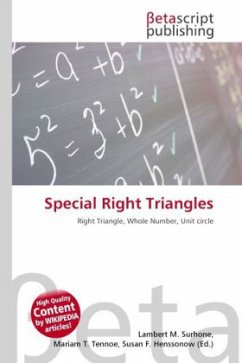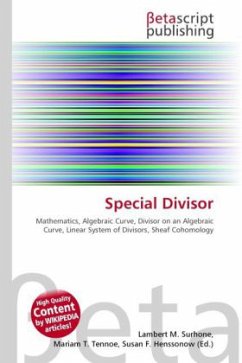High Quality Content by WIKIPEDIA articles! In Euclidean geometry, Apollonius' problem is to construct all the circles that are tangent to three given circles. Limiting cases of Apollonius' problem are those in which at least one of the given circles is a point or line, i.e., is a circle of zero or infinite radius. In a different type of limiting case, the three given geometrical elements may have a special arrangement, such as constructing a circle tangent to two given parallel lines and one given circle. Like most branches of mathematics, Euclidean geometry is concerned with proofs of general truths from a minimum of postulates. For example, a simple proof would be to show that at least two of the angles of an isoceles triangle are equal. One important type of proof in Euclidean geometry is to show that a geometrical object can be constructed with a compass and an unmarked straightedge; an object can be constructed iff (something about no higher than square roots are taken). Therefore, it is important to determine whether an object can be constructed with compass and straightedge and, if so, how it may be constructed.
Bitte wählen Sie Ihr Anliegen aus.
Rechnungen
Retourenschein anfordern
Bestellstatus
Storno








